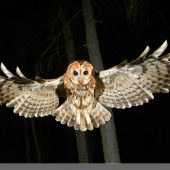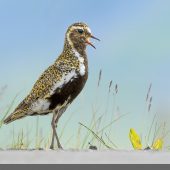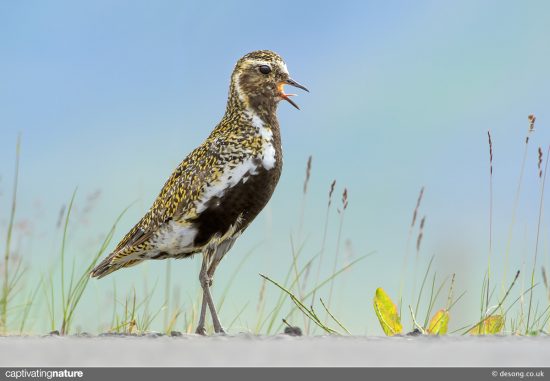The post “My experience of using consumer optics, professionally” is by Des Ong (website | Facebook | Instagram, see also his previous guest posts):
As I sit here in a small cabin at the northern tip of Iceland, waiting for a break in the weather, it feels like the appropriate setting to pen this review.
I had meant to write this article a few months ago but overseas tours and workshops have made sitting down with a clear, intentional writing mind somewhat difficult. This does mean however, that I have spent even more field time with the lenses I’m covering in this review.
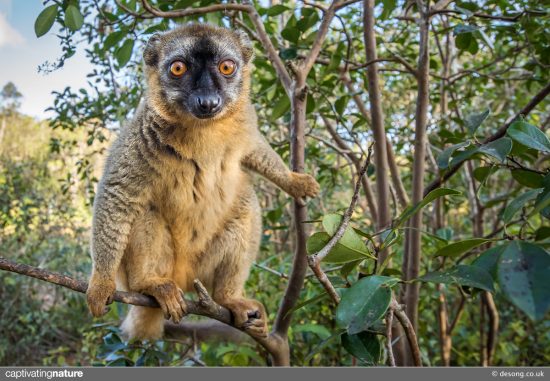
My interest in looking for alternatives to the often heavy and oversized ‘professional’ optics started some three years ago. With frequent air travels and exploring more remote locations, weight and bulk reduction made perfect sense. Since then, I have been reviewing and overhauling the kit I use.
In my quest to seek out the lighter and more compact alternatives, I began to investigate the ‘consumer’ lenses. These are usually made of plastics and are smaller, making them very much more handhold-able. The other advantage is that they are produced in greater numbers and as a consequence, the prices are significantly cheaper.

After some research, I decided to switch from the 24-70mm f2.8 and the 500mm f4, to the 18-35mm f3.5-4.5 G and the 200-500mm f5.6.
At first glance it might appear that the wide-angle change doesn’t make much sense but that is because previously I shot exclusively with two FX bodies but now I have swapped one of them with a DX. With the D500 as a new addition, not only do I have this range covered due to the crop factor, but I also have an even wider view on the D810.
200-500mm f/5.6
I have now been using this lens for over two and a half years in ‘real-world’ situations and so I feel I have really got to know this lens well.
The obvious positive is how light and compact this lens is compared to my previous 500mm f4 prime. It is very handhold-able. Some will feel equally comfortable about holding the super-tele prime. But for me, handholding means more than just being able to lift the lens for a brief shot or two. I need to be able to balance the lens at least a few minutes at a time in a fairly static position, in wait for a precise moment. An example of this is waiting for an Arctic Fox a couple of days ago, to lift its head with a catch, when it is rooting for its prey nose-deep in the seaweed on the shoreline of northern Iceland. This could be in 20 seconds, or two minutes. I at least, am not able to maintain a steady pose for that long, kneeling amongst the slippery Bladderwracks with a 500mm f4.
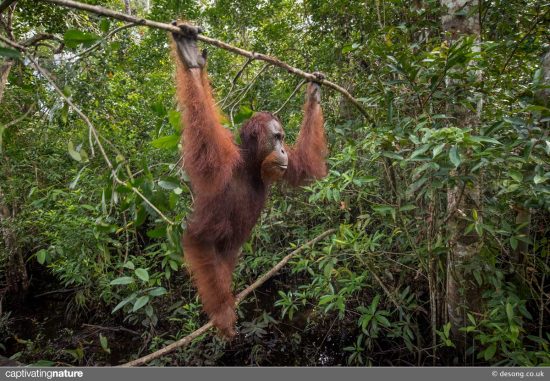
The VR is very good indeed. On a few occasions, I have shot as low as 1/100th of a second at the long end with either bodies. What I have noticed however, is that for shutter speed of over 1/1000th, it can often cause problems. This phenomenon is not new of course, and you can negate this by turning the VR off when you’re able to attain super fast shutter speed. But in reality, when shooting a moving target in changing light, it is not always easy or practical to do so. I wish it is more tolerant.
The zoom is really useful. It took me a short while to adjust from a fixed focal telephoto but I soon realised its full benefits. In fact, I don’t think I would want to switch back. I have found it to be immensely useful, especially in situations such as working from a hide/blind, as you can still attain your desired ‘crop’ in-camera, without exposing your position to your subjects.
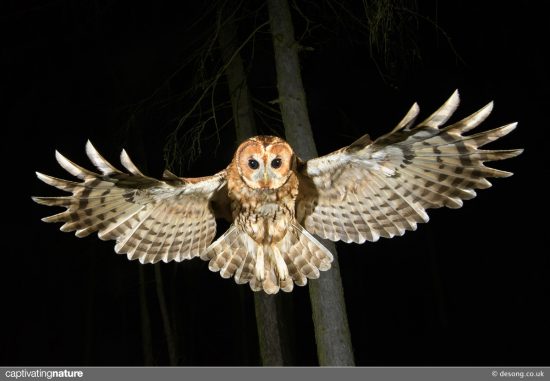
The autofocus speed is the lens’ Achilles heel – it is very slow. Tracking a moving target is very difficult, especially when the subject is moving towards you, even in reasonably good light. Having used this lens exclusively as my telephoto for a while, I can confidently say that I have missed many good moments due to the lens’ inability to keep up and adapt. I must emphasise that this is just my own field experience and not laboratory tests.
At its widest aperture, the ‘bokeh’ or background blur is fairly acceptable, but noticeably not as diffused as the f4 prime – it’s f5.6 after all! This is a personal thing, as I prefer to isolate my subject when doing portraits. Also, I usually shoot at f6.3 with this lens as I have found that wide open it’s not bitingly sharp and this further exacerbates this effect in many situations.

Don’t get me wrong, in the right conditions, this lens can produce pretty exceptional results. Where it falls short is consistency. This is largely due to the accuracy in focus lock. My success rate with a moving target is between 70-80%. That to me is a poor result. I accept that this could be attributed by the way I use the lens, and or the less than ideal conditions I normally work in. With my previous 500mm f4, I would say that the average is above 90%.
18-35mm f/3.5-4.5 G
This is a super lightweight lens. I do not find it particularly fast in focusing but this is not unusual for a wide-angle. Although it does not have a metal casing, it feels solid and well constructed. The focal ring turns smooth and positively.
I was pleasantly surprised by how good the images taken with this lens look, whether in DX or FX. I have to say that this is a real gem and for environmental portraits it performs very well.
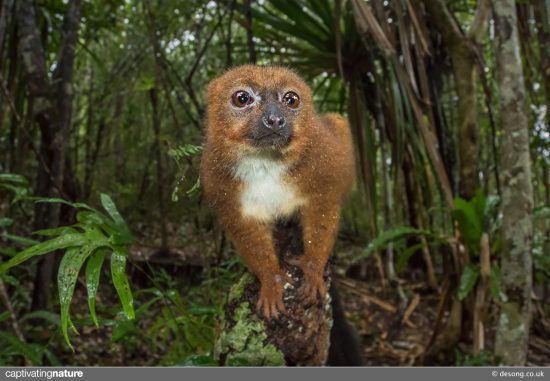
The only thing I do struggle with sometimes, is checking focus accuracy through the viewfinder. Ideally, with such a wide aspect, you’d want to call up live-view to confirm. This is of course not always possible with shooting wildlife, especially when handholding. The greater depth of field of a wide-angle however, does help in some ways in this regard.
So not much to say about this lens other than it’s is a great performer, especially if you consider the price.
Closing thoughts
What I’ve leant in this process is that there are good quality optics that are made for the mass market and they are capable of delivering great results, at a much lower price point. Build quality concerns many of my peers, but so far, the two lenses that I’ve tried have not let me down once. There is no doubt in my mind that ‘pro-grade’ lenses are more robust but we should not underestimate the durability of some of the other lenses.
After much deliberation, I have made the decision to replace the 200-500mm f5.6. The hit rate is simply too low for me. I would probably be looking at getting the 200-400mm f4 in its place. Rumour is that there might be a new version with a built-in teleconverter coming out soon. This sounds great, but no doubt the price point will be equally impressive! The crucial part for me in deciding, aside from the cost, will be the overall weight of the lens. I hope to keep you informed of my continued quest for a reliable, lightweight telephoto zoom.
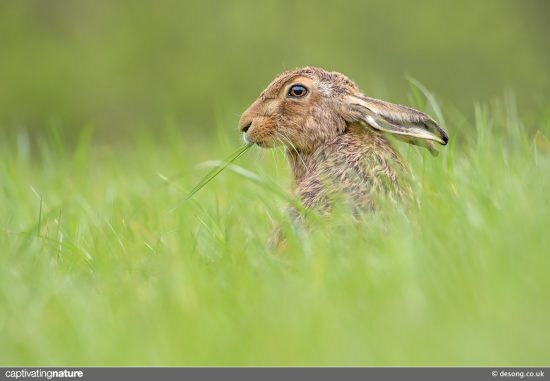
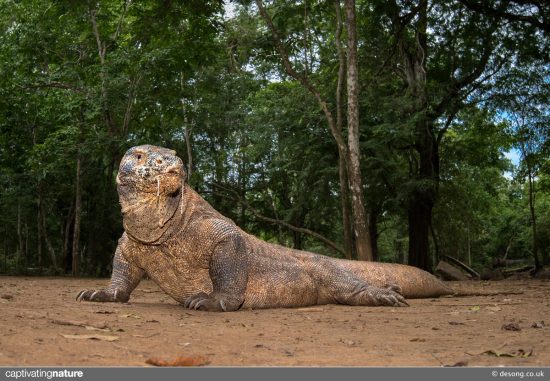

If you have an interesting idea for a guest post, you can contact me here.


